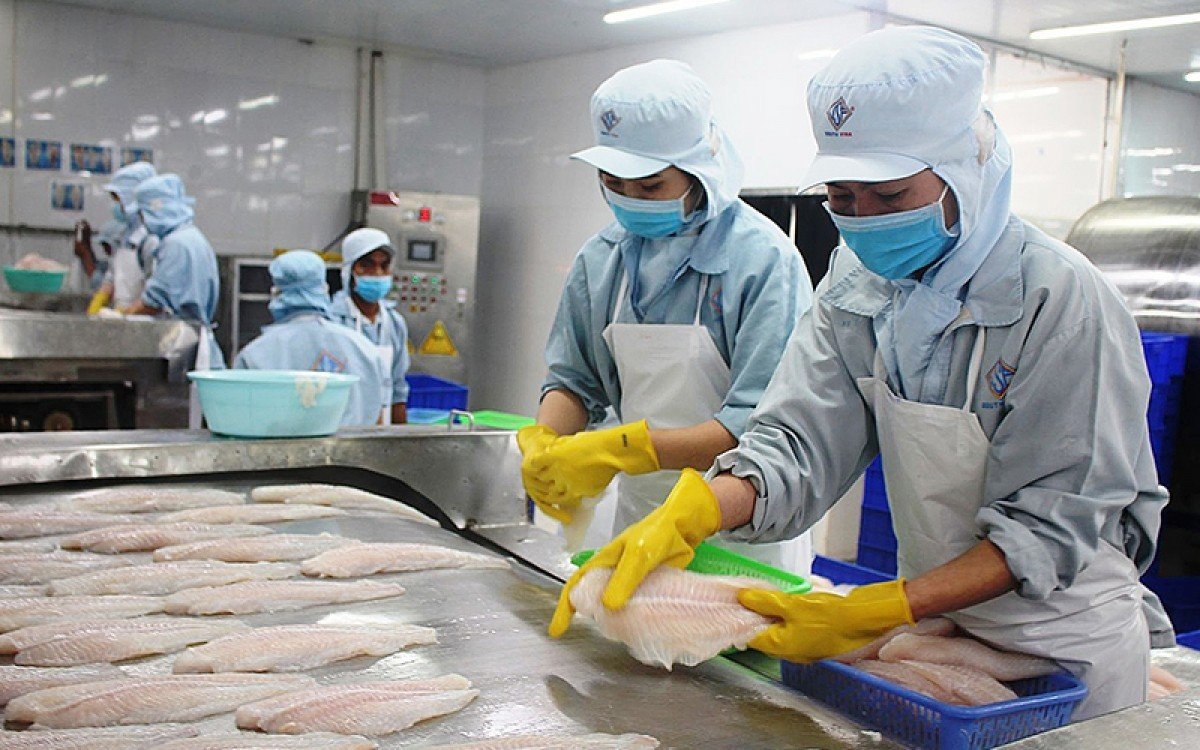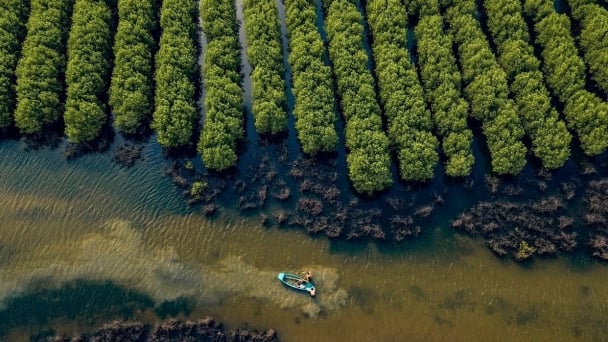June 14, 2025 | 13:58 GMT +7
June 14, 2025 | 13:58 GMT +7
Hotline: 0913.378.918
June 14, 2025 | 13:58 GMT +7
Hotline: 0913.378.918
World sugar consumption is expected to continue the uptrend mainly in regions with large population growth, notably Sub-Saharan Africa, Asia and the Near East and North Africa. For high-income countries, sugar consumption per capita has declined, reflecting growing health concerns among consumers and the measures taken by countries to limit sugar consumption. The growth rate of sugar consumption is forecast to slow down in most regions compared to the previous decade.

Sugar consumption is on a downtrend. Photo: VAN.
In response to changing dietary preferences of increasingly affluent and health-conscious consumers in high-income and emerging countries, the total available protein per capita is expected to increase at a global level from 83.9 g/day in 2023 to 88.4 g/day by 2032.
But there are regional differences. Sub-Saharan Africa and the Near East and North Africa are expected to remain heavily dependent on protein from crop sources, due to significantly lower per capita household incomes compared to the world average. Protein from animal sources will continue to account for the majority of protein consumption in high-income regions of North America, Europe and Central Asia.
About two-thirds of meat is expected to be consumed by one-third of the world's population by 2032, reflected by high per capita meat consumption in high-income countries. In some big countries like China, although per capita consumption is relatively low, the total amount of meat consumed will be massive due to the large size of the population.
Considering the timeframe of the Agricultural Outlook 2023 - 2032, animal protein is expected to make further progress in its contribution to total daily availability per capita due to rising per capita income globally.
Average global meat consumption growth is expected to increase by 2.5% compared with the prospect of a 0.7 kg/person/year increase in boneless meat product retail weight equivalent, reaching 29.5 kg/year by 2032. However, given the rising consumer costs relative to income, the growth of meat demand worldwide is forecast to be slower than in the past decade.

Global demand for meat tends to decrease. Photo: VAN.
Spending on meat makes up a significant portion of the food basket in middle and high-income countries. Due to strong inflation pressures and reduced purchasing power, consumers are expected to increasingly shift their spending towards cheaper meats and meat products, potentially reducing general consumption of meat outside the family.
Regarding the substitution between meat and aquatic foods, growing environmental and health concerns may lead to a shift in consumer preferences away from red meat and processed meats, especially beef, towards leaner and arguably more eco-friendly alternatives, such as poultry and fish. These changes will be particularly visible in Europe and North America. Demand for poultry in sub-Saharan Africa will be primarily driven by the higher affordability of consumers.
Another issue which leads to growing concern for the efficiency of the global food system is food loss along the value chain, including food waste in households and retail establishments. Globally, approximately 14% of the world's food, worth USD 400 billion, is lost annually between harvest and the retail market. An estimated 17% more food is wasted at retail due to consumption.
Reducing food loss and waste is an important lever for improving the broader outcomes of food systems, including improved food security and sustainability as well as increased efficiency.
Data on food loss and waste is mainly presented as a percentage or as a quantity (ton). According to the 2019 FAO report, only 39 countries officially reported food loss and waste data annually between 1990 and 2017.
According to the Food Waste Index Report of the United Nations Environment Program (UNEP) 2021, global food waste amounts to 931 million tons per year, generated from households (61%), distribution (26%) and food service (13%). The FAO Annual Report on Sustainable Development Goals (SDGs) 2022 states that global food losses remained stable from 2016 to 2020, with significant variations across regions and subregions. The FAO 2022 report shows that the rate of food loss in 2020 is 13.3%, and 13% in 2016.
The general documents explain the six main factors that contribute to food loss and waste. These include economic factors, such as globalization, urbanization, industrialization, income growth, eating habits and diets; post-harvest losses and value chain inefficiencies in the form of limited access to infrastructure, technology and markets; food commodity technical standards specifically product quality and retailer standards; natural environmental factors, such as climate change and product perishability; legislation, such as agricultural policy and food safety; technical inefficiencies, poor management, planning and handling.
Translated by Samuel Pham

(VAN) In Tien Giang, a high-tech shrimp farm has developed a distinctive energy-saving farming model that has yielded promising results.
![Turning wind and rain into action: [3] 300.000 farmers benefit from agro-climatic bulletins](https://t.ex-cdn.com/nongnghiepmoitruong.vn/608w/files/news/2025/06/12/e5a48259d6a262fc3bb3-nongnghiep-125122.jpg)
(VAN) The agro-climatic bulletin has become a valuable tool for farmers in the Mekong Delta. After more than five years of implementation, the initiative is gradually being expanded nationwide.
![Turning wind and rain into action: [2] Providing forecasts to the people](https://t.ex-cdn.com/nongnghiepmoitruong.vn/608w/files/news/2025/06/12/e5a48259d6a262fc3bb3-nongnghiep-103927.jpg)
(VAN) In addition to improving the quality of hydrometeorological forecasts, putting forecast bulletins into practical use is crucial for production and disaster prevention.

(VAN) Blue carbon is receiving attention for its rapid absorption capacity and vast potential. It represents a promising nature-based solution to respond to climate change.
/2025/06/11/3507-1-161904_583.jpg)
(VAN) Seagrass beds and coral reefs serve as 'cradles' that nurture life in the ocean depths, creating rich aquatic resources in Vietnamese waters.
![Turning wind and rain into action: [1] Forecasting for farmers](https://t.ex-cdn.com/nongnghiepmoitruong.vn/608w/files/news/2025/06/11/e5a48259d6a262fc3bb3-nongnghiep-111919.jpg)
(VAN) Weather is no longer just a matter of fate. Forecasts have now become an essential companion for farmers in every crop season.
/2025/06/10/2501-3-082025_983.jpg)
(VAN) Mr. Le Hoang Minh, Head of Vinamilk's Net Zero project, recently shared insights on the integration of production, energy, and technology in Vinamilk’s green transition journey.